As with the accounting equation, these debit and credit totals must always be equal. If they aren’t equal, the trial balance was prepared incorrectly or the journal entries weren’t transferred to the ledger accounts accurately. Service Revenue had a $9,500 credit balance in the trial balance column, and a $600 credit balance in the Adjustments column. To get the $10,100 credit balance in the adjusted trial balance column requires adding together both credits in the trial balance and adjustment columns (9,500 + 600). Once all accounts have balances in the adjusted trial balance columns, add the debits and credits to make sure they are equal. If you check the adjusted trial balance for Printing Plus, you will see the same equal balance is present.
The next step in the accounting cycle would be to complete the financial statements. If you’re doing your accounting by hand, the trial balance is the keystone of your accounting operation. All of your raw financial information flows into it, and useful financial information flows out of it. At some point, you’ll want to make sense of all those financial transactions you’ve recorded in your ledger. Both US-based companies and those headquartered in other countries produce the same primary financial statements—Income Statement, Balance Sheet, and Statement of Cash Flows. Concepts Statements give the Financial Accounting Standards Board (FASB) a guide to creating accounting principles and consider the limitations of financial statement reporting.
For Printing Plus, the following is its January 2019 Income Statement. In addition, your adjusted trial balance is used to prepare your closing entries, which is the next step in the accounting cycle. At this point you might be wondering what the big deal is with trial balances.
AccountingTools
Presentation differences are most noticeable between the two forms of GAAP in the Balance Sheet. Under US GAAP there is no specific requirement on how accounts should be presented. IFRS requires that accounts be classified into current and noncurrent categories for both assets and liabilities, but no specific presentation format is required. Thus, for US companies, the first category always seen on a Balance Sheet is Current Assets, and the first account balance reported is cash. The accounts of a Balance Sheet using IFRS might appear as shown here.
Best accounting software for preparing an adjusted trial balance
The adjustments made, however, are classified into different categories, which include – deferrals, accruals, missing transactions, and tax adjustments. To prove the quality of the total debit and credit balances, accountants prepare an adjusted trial balance. If you have to prepare one and don’t know where to start, we’ll share a few basics in this article to difference between pledging and factoring accounts receivable help you out. An adjusted trial balance is an internal document that summarizes all of the current balances available in general ledger accounting. The adjusted trial balance is prepared to show updated balances after adjusting entries have been made. The adjusted trial balance is what you get when you take all of the adjusting entries from the previous step and apply them to the unadjusted trial balance.
Preparing an adjusted trial balance is the sixth step in the accounting cycle. An adjusted trial balance is prepared by creating a series of journal entries that are designed to account for any transactions that have not yet been completed. Now that the trial balance is made, it can be posted to the accounting worksheet and the financial statements can be prepared. The balance sheet is classifying the accounts by type of accounts, assets and contra assets, liabilities, and equity. Even though they are the same numbers in the accounts, the totals on the worksheet and the totals on the balance sheet will be different because of the different presentation methods. You may notice that dividends are included in our 10-column worksheet balance sheet columns even though this account is not included on a balance sheet.
Step 1: Run an unadjusted trial balance
- The statement of retained earnings is prepared before the balance sheet because the ending retained earnings amount is a required element of the balance sheet.
- An income statement shows the organization’s financial performance for a given period of time.
- An adjusted trial balance is an internal document that summarizes all of the current balances available in general ledger accounting.
- As an added bonus, QuickBooks Premier and Enterprise also include industry-specific features designed for nonprofits, manufacturing, or retail businesses.
From this information, the company will begin constructing each of the statements, beginning with the income statement. The statement of retained earnings will include beginning retained earnings, any net income (loss) (found on the income statement), and dividends. The balance sheet is going to include assets, contra assets, liabilities, and stockholder equity accounts, including ending retained earnings and common stock.
Did we really go through all that trouble just to make sure that all of the debits and credits in your books balance? You’re now set up to make financial statements, which is a big deal. Once all the accounts are posted, you have to check to see whether it is in balance. You could also take the unadjusted trial balance and simply add the adjustments to the accounts that have been changed.
Income Statement and Balance Sheet
No more time spent getting your reporting up to date, just time what are the three types of personal accounts using those reports to understand your business. When you prepare a balance sheet, you must first have the most updated retained earnings balance. To get that balance, you take the beginning retained earnings balance + net income – dividends. If you look at the worksheet for Printing Plus, you will notice there is no retained earnings account. That is because they just started business this month and have no beginning retained earnings balance. If the debit and credit columns equal each other, it means the expenses equal the revenues.
Once the posting is complete and the new balances have been calculated, we prepare the adjusted trial balance. As before, the adjusted trial balance is a listing of all accounts with the ending balances and in this case it would be adjusted balances. This means that for this accounting period, there was a total inflow (debit) of $11,670 into the cash account. Pepper’s Inc. totalled up all of the debits and credits from their general ledger account involving cash, and they added up to a $11,670 debit. The accounting cycle is a multi-step process designed to convert all of your company’s raw financial information into usable financial statements. Since you’re making two entries, be sure to double-check the debits and credits don’t apply to the wrong account.
Adjusted Trial Balance refers to the general ledger balances reflecting adjustments, which include accrued expenditure and non-cash expenses. The list and the balances of the company’s accounts are presented after the adjusting journal entries are made at the year-end. Those balances are then reported on respective financial statements. An adjusted trial balance is created after all adjusting entries have been posted into the appropriate general ledger account. The adjusted trial balance is completed to ensure that the period ending financial statements will be accurate and in balance.
The next type of adjustment is the accrual, which ensures inclusion of the future payments that the business entity is entitled to make. Such expenses might include paying for a rented space or any upcoming payments in the queue. QuickBooks Desktop was one of the first accounting software applications to replace common accounting terms such as accounts payable and accounts receivable with more familiar terms such as bills and money owed.
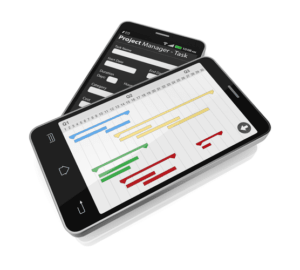

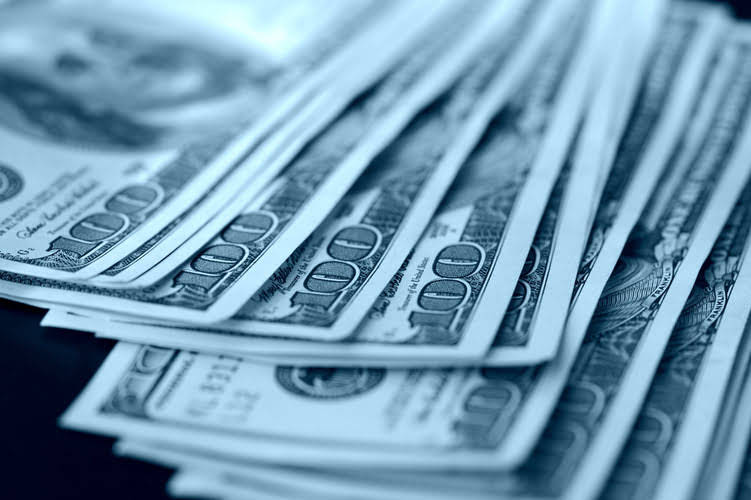



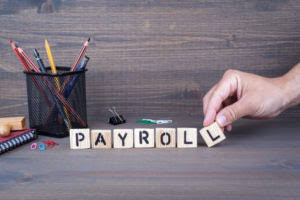
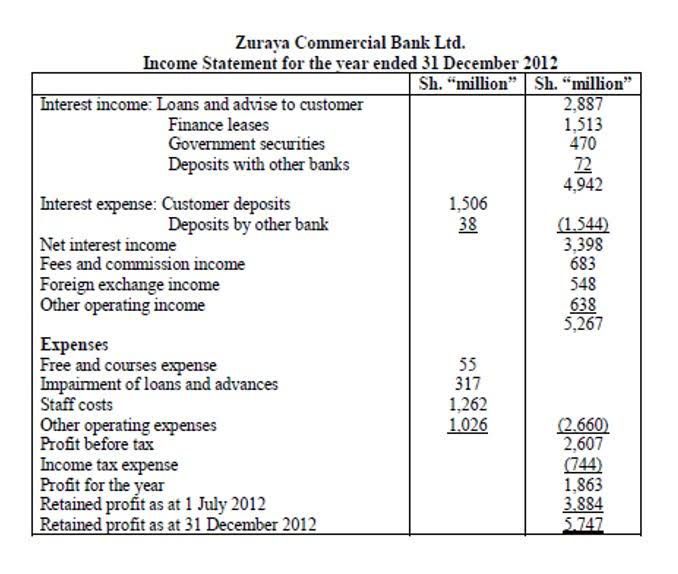
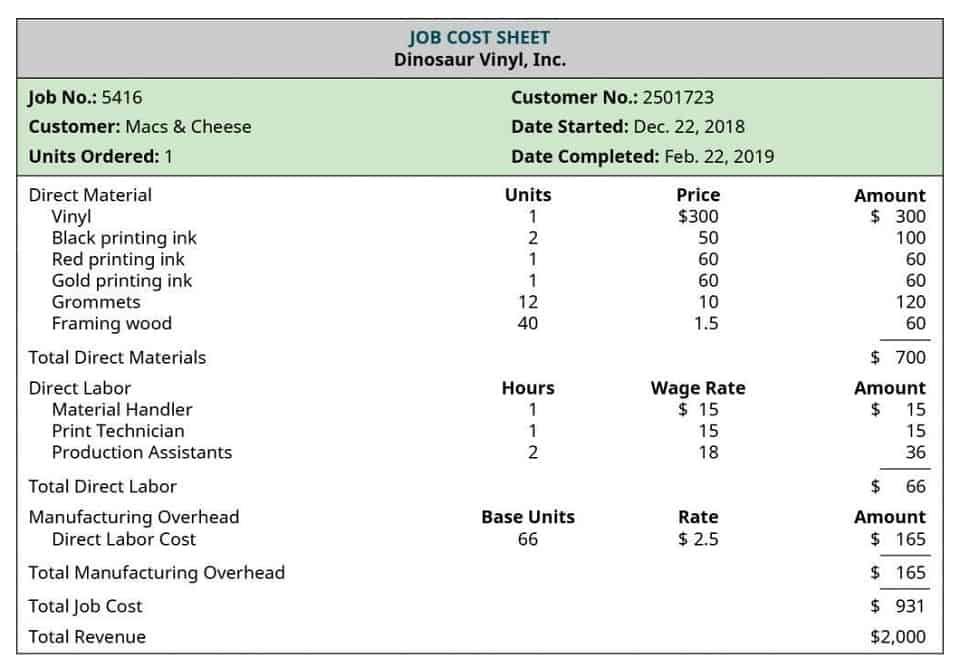

Recent Comments